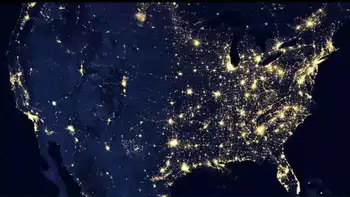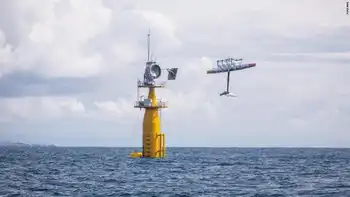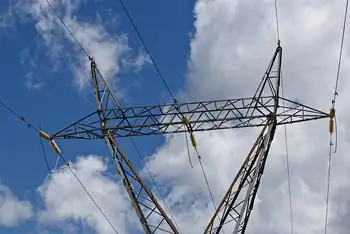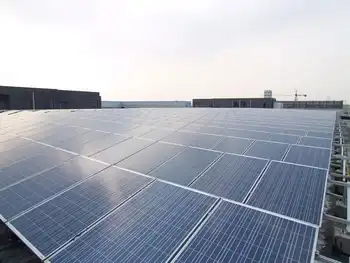Survey begins on Ethiopia-Kenya power line
By Industrial Info Resources
High Voltage Maintenance Training Online
Our customized live online or in‑person group training can be delivered to your staff at your location.

- Live Online
- 12 hours Instructor-led
- Group Training Available
The project is to be partly funded by loans from the African Development Fund, the European Investment Bank, and the World Bank, together with funds provided by the government of Kenya. The project follows on from a power purchase agreement signed by the two countries in June this year, enabling Kenya to import electricity from Ethiopia.
The transmission line is scheduled to run between the Sodo substation in Ethiopia for a distance of almost 1,200 kilometers to metropolitan Nairobi in Kenya. The line is proposed to run at 500 kilovolts direct current and will supply 500 megawatts (MW) of power to Kenya. The project will also include the development of two converting stations to enable the export of power from southern Ethiopia to the Eastern Africa Power Pool.
Ethiopia is the only country in East Africa with a power supply capable of meeting domestic demand and has a power reserve margin of 30%, twice the recommended level. Ethiopia relies largely on hydroelectric power stations and plans are under way to increase generating capacity in the country and enable power exports to other countries in the East African region.
Ethiopia has a generating capacity of 1,170 MW. Last month, the country officially inaugurated the 300-MW Tekeze hydroelectric power plant, which contains four 75-MW turbines and is connected to the national grid by a 105-kilometer transmission line to the town of Mekelle. The Ethiopian government plans to implement several more hydroelectric schemes within the next 10 years and hopes to have three of these, including Tekeze, operational in 2010.
The situation is not so positive in Kenya, which has an installed power generating capacity of 1,416 MW and a power demand that reached 1,073 MW this year, which is growing at a conservative estimate of 8% annually. As with Ethiopia, the majority of Kenya's electricity, about 55%, is generated from hydroelectric schemes, with 33% coming from thermal power stations, and the remainder largely from geothermal sources.
Because of its relatively high reliance on hydroelectric power, Kenya is especially vulnerable to climate and weather patterns. In June this year, the country experienced a 23% shortfall in power generation capacity as a result of low water levels. The government plans to reduce this reliance on hydroelectricity by seeking to invest in other forms of generation, such as geothermal and wind, and has set a target for more than 9,000 MW of generating capacity to be commissioned by 2030.
Although Kenya Electricity Generating Company (KenGen) acknowledges that import of power from Ethiopia is a necessity, the import could also cause problems for the state-owned company's profitability. The planned import of electricity from Ethiopia will be at a cheaper rate than that generated by KenGen. To counter this, KenGen is reportedly seeking to acquire an equity stake in the power-sharing project.











